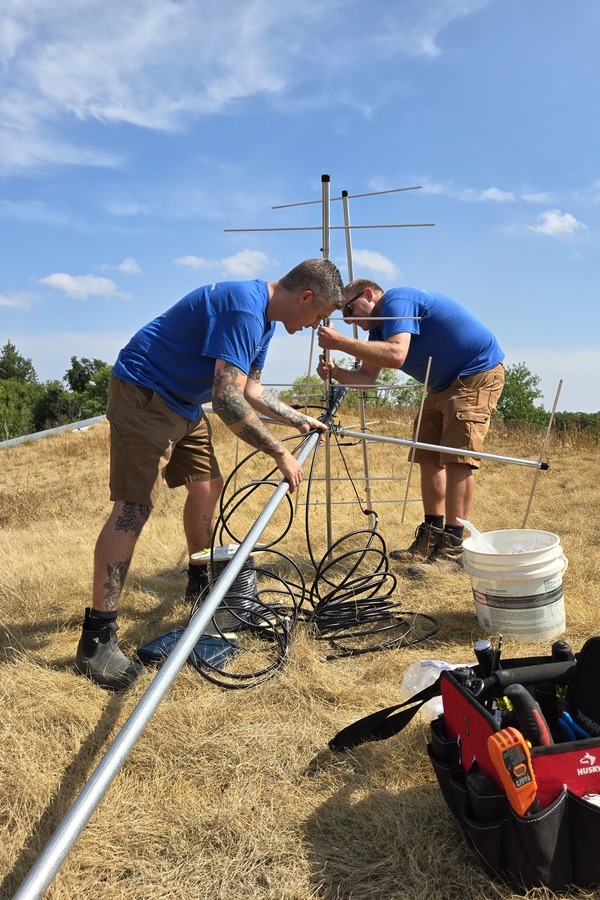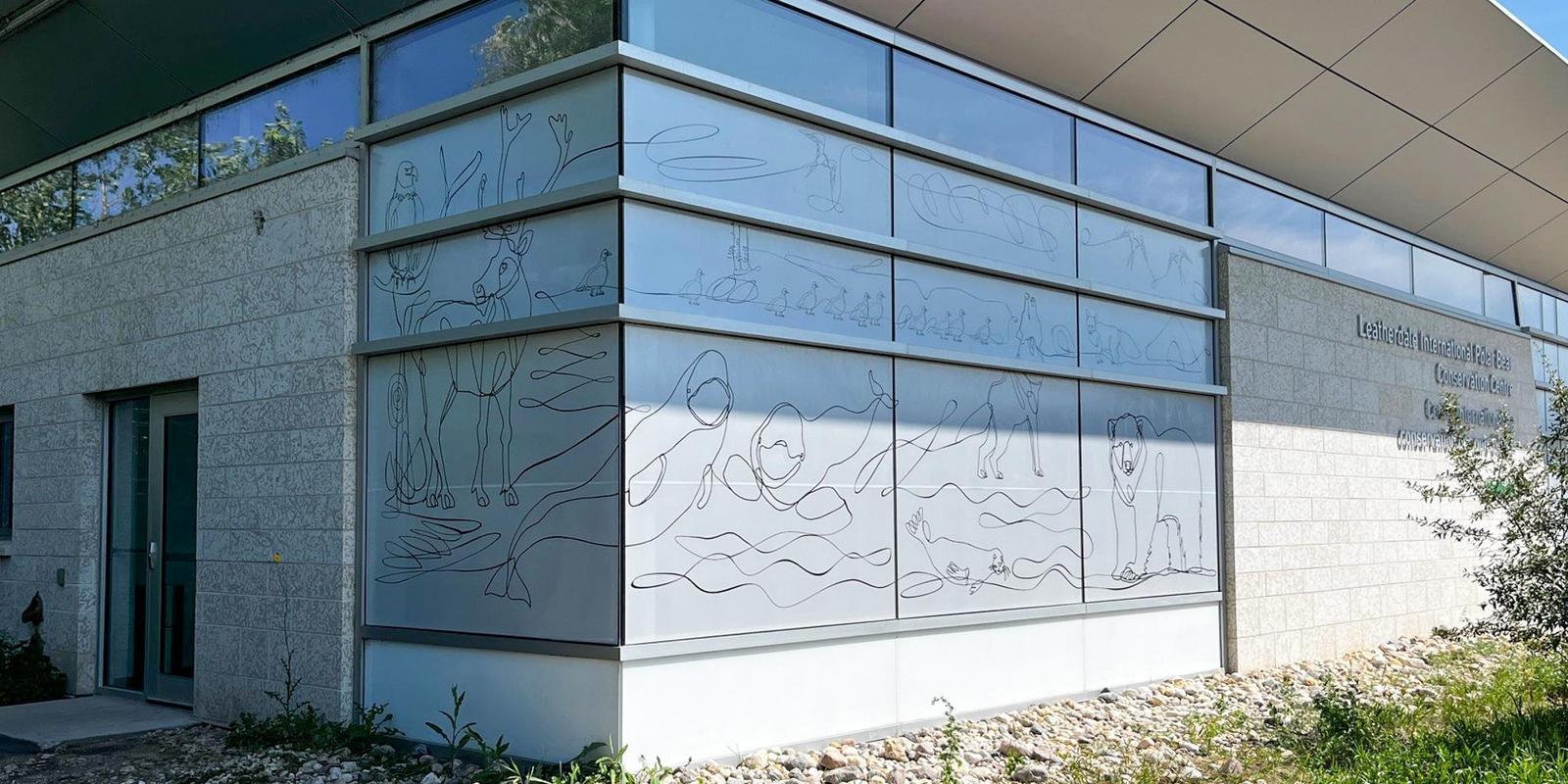The Assiniboine Park Conservancy is the steward of an incredible green space situated in the heart of Winnipeg. As a modern urban park, Assiniboine Park serves as a refuge for both people and biodiversity, providing shared benefits to our climate, ecosystem health, and overall well-being. Even in the middle of a city, we can all do more to promote greater biodiversity and provide safe spaces for wildlife. In the third of our series, we explore the third theme of our refreshed Conservation Strategy: Protecting Urban Biodiversity.
As a local leader in understanding biodiversity, the Assiniboine Park Conservancy has worked hard to promote conservation and co-existence with wildlife. Over the years, we have continued to look more closely at the space we call home, including critically evaluating mitigation measures to prevent bird-window collisions, providing safe habitat for songbirds through our involvement with the North American Songbird SAFE (Saving Animals from Extinction), and documenting the rich biodiversity of Assiniboine Park.

Our Conservation and Research Team conducts a biodiversity survey in the Indigenous Peoples Garden (Photo: C. Shuert).
Biodiversity Studies in Assiniboine Park
The Park is more than a beautiful green space; it’s a diverse ecosystem. In 2024 and 2025, our team of conservation scientists and APC volunteers have made over 8,661 observations on iNaturalist, helping us understand the rich variety of species that call the Park home. From native pollinators and prairie plants to fungi and animals, every one of these observations help us build a clearer picture of the urban biodiversity within the Park. These insights can then be used to guide how we manage habitats, plan new projects, and engage Park visitors in conservation. So far, we’ve learned that the Park is home to more than 97 species that are considered at-risk. We are excited to see how this effort continues to develop and discover what we can learn in our ‘backyard’.
.jpg)
A Purple Martin perches on its nesting condo near the Riley Duck Pond at the Qualico Family Centre (Photo: K. Eckhardt).
We also monitor nests of threatened birds within the Park found in nestboxes, artificial chimney, and condo, documenting their numbers and successful fledging. We recently installed a new Motus wildlife tracking receiver station on the Qualico Family Centre. Individual birds, bats, and insects equipped with tracking devices that migrate through the Park will be detected by this system and contribute to the understanding of movements of these species as part of the continental-wide sharing of information.


Making Windows Safer for Birds
One of the most visible threats to urban wildlife is also one of the most preventable: bird-window collisions. Bird-window collisions are one of the leading causes of bird mortality in North America, killing an estimated one billion birds each year. Since 2013, APC has been identifying and mitigating high-risk windows across the Park and Zoo.
Thanks to targeted efforts, including the installation of white dot patterns on window glass, we’ve reduced collisions by up to 84% on treated windows through evidence-based monitoring. In 2024 alone, we applied mitigation to over 350 m² of glass, saving countless birds from injury or death.

The new custom CollidEscape bird-window mitigation installed on the windows of the Leatherdale International Polar Bear Conservation Centre, with designs by artist Kal Barteski, will prevent bird-window collisions and reduce solar load.
How You Can Join Our Efforts:
Urban biodiversity needs all of us as much as we need it. Here are a few simple ways you can join our efforts:
- Make your windows bird-safe: Use decals, chalk markers, or soap lines to break up reflections. Keep patterns on the outside of the glass and ensure lines or dots are no more than 5 cm apart to prevent even the smallest birds from colliding.
- Plant native species: Choose native flowers, shrubs, and trees that support local pollinators and birds. The City of Winnipeg also provides guidance for the use of non-standard boulevard treatments to increase biodiversity all the way to your curb!
- Join a community science project: Contribute to iNaturalist or participate in breeding bird counts and biodiversity surveys.
- Reduce pesticide use: Help protect insects and the animals that depend on them. In Winnipeg, you can sign up each year to be excluded from the spraying of trees by the city and fogging of mosquitos.
- Visit the Park: Explore, learn, and get inspired to protect the nature around you. Engage with the community of people and biodiversity that make this city great.
Together, we can make our cities safer and more welcoming for wildlife. Because when biodiversity thrives, so do we.
Read more about our other Conservation Strategy themes covered so far: Understanding the Changing Arctic and Preventing Species Extinctions.





